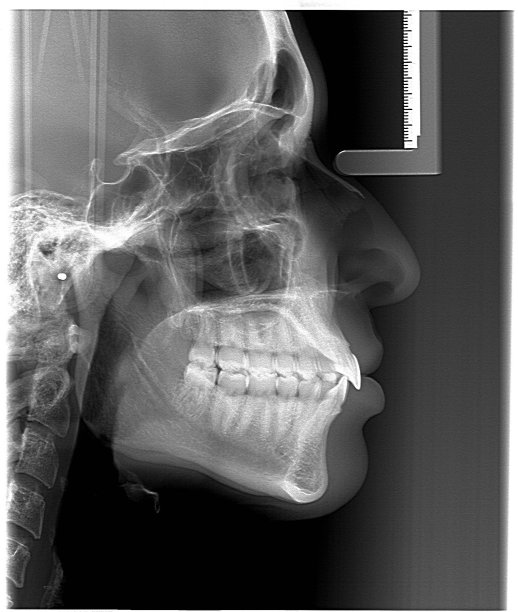Essential Precautions to Ensure Safe and Successful Root Canal Treatment for Enhanced Dental Health and Comfort
Summary: Root canal treatment is a vital procedure aimed at preserving natural teeth and promoting dental health. This article discusses essential precautions that ensure safe and successful treatment, enhancing comfort for patients. We will explore the importance of thorough diagnosis, effective communication with patients, employing advanced technology, and aftercare instructions. Each of these elements plays a critical role in achieving optimal outcomes, reducing anxiety, and enhancing the overall dental experience. By understanding and implementing these precautions, both dental professionals and patients can contribute to a successful root canal treatment that alleviates pain and maintains dental integrity.
1. Importance of Thorough Diagnosis and Assessment

The foundation of a successful root canal treatment begins with a thorough diagnosis and assessment of the dental condition. Dentists must conduct comprehensive examinations, including X-rays, to evaluate the extent of the infection or decay affecting the tooth. Understanding the specific issues at hand allows for tailored treatment plans that address the unique needs of each patient.
In addition to visual examinations, dentists often rely on patient history, including any previous dental work or ongoing symptoms, to inform their diagnoses. This not only helps in determining the necessity of a root canal but also assesses any potential complications. Proper diagnostics help ensure that the treatment is not only safe but also effective, minimizing the risk of failure.
Moreover, a significant aspect of the assessment process includes ruling out alternative causes of discomfort or health issues. A thorough understanding allows the dental professional to develop a holistic plan that may involve referrals to specialists if other underlying dental problems are identified.
2. Effective Communication with Patients
Effective communication between dental professionals and patients is crucial for a positive root canal experience. When patients understand what to expect during the procedure, their anxiety levels can significantly decrease. Providing detailed explanations about the process helps patients feel informed and empowered about their treatment choices.
Another key component of communication is discussing the potential risks and benefits of the root canal procedure. By addressing concerns upfront and transparently explaining the reasons behind specific techniques and choices, dentists can foster trust and build strong patient relationships. Patients are more likely to comply with treatment recommendations when they are fully engaged in the discussion.
Additionally, after the appointment, providing follow-up instructions through various channels, such as printed materials or digital communication, reinforces important information. This approach ensures that patients are well-informed about care guidelines and expected outcomes, enhancing their comfort and confidence in the healing process.
3. Employing Advanced Technology for Precision
The advent of advanced dental technology has revolutionized root canal treatments, making them safer and more effective. Instruments like digital imaging, cone-beam computed tomography (CBCT), and rotary endodontic systems enable dentists to achieve greater accuracy in diagnosing and treating complicated cases. This has reduced treatment time and improved overall patient comfort.
Utilizing advanced technology not only streamlines the procedure but also minimizes discomfort during treatment. For instance, enhanced imaging allows for better visualization of root canal morphology, helping to identify hidden canals and ensure they are thoroughly cleaned and sealed. This precision reduces the likelihood of complications post-treatment.
Moreover, advancements in biocompatible materials and techniques further improve patient outcomes. Dentists can choose from a variety of filling materials that enhance sealing properties and promote healing, ensuring a robust and durable result. As technology continues to evolve, its integration into dental practices will further enhance root canal procedures, leading to increased comfort and success rates.
4. Emphasizing Aftercare and Follow-Up
Aftercare is a pivotal aspect of ensuring successful outcomes post-root canal treatment. Patients need clear guidance on managing any pain or discomfort that may arise after the procedure. Prescribing adequate pain management options and providing instructions on when to seek further assistance are key components of a comprehensive aftercare plan.
Follow-up appointments also play an essential role in monitoring the healing process. Dentists can assess how well the tooth is responding to treatment and identify any potential issues before they escalate. These appointments serve as an opportunity to reinforce post-treatment instructions and address any patient concerns promptly.
Furthermore, encouraging good oral hygiene practices and regular dental visits post-treatment is crucial for long-term success. Educating patients on the importance of maintaining dental health not only aids in recovery but also reduces the risk of future complications, contributing to enhanced overall dental comfort and health.
Summary:
In conclusion, the success of root canal treatments relies heavily on essential precautions including thorough diagnosis, effective communication, advanced technology, and diligent aftercare. Each element contributes to a holistic approach that prioritizes patient safety, comfort, and long-term dental health.
This article is compiled by Vickong Dental and the content is for reference only



